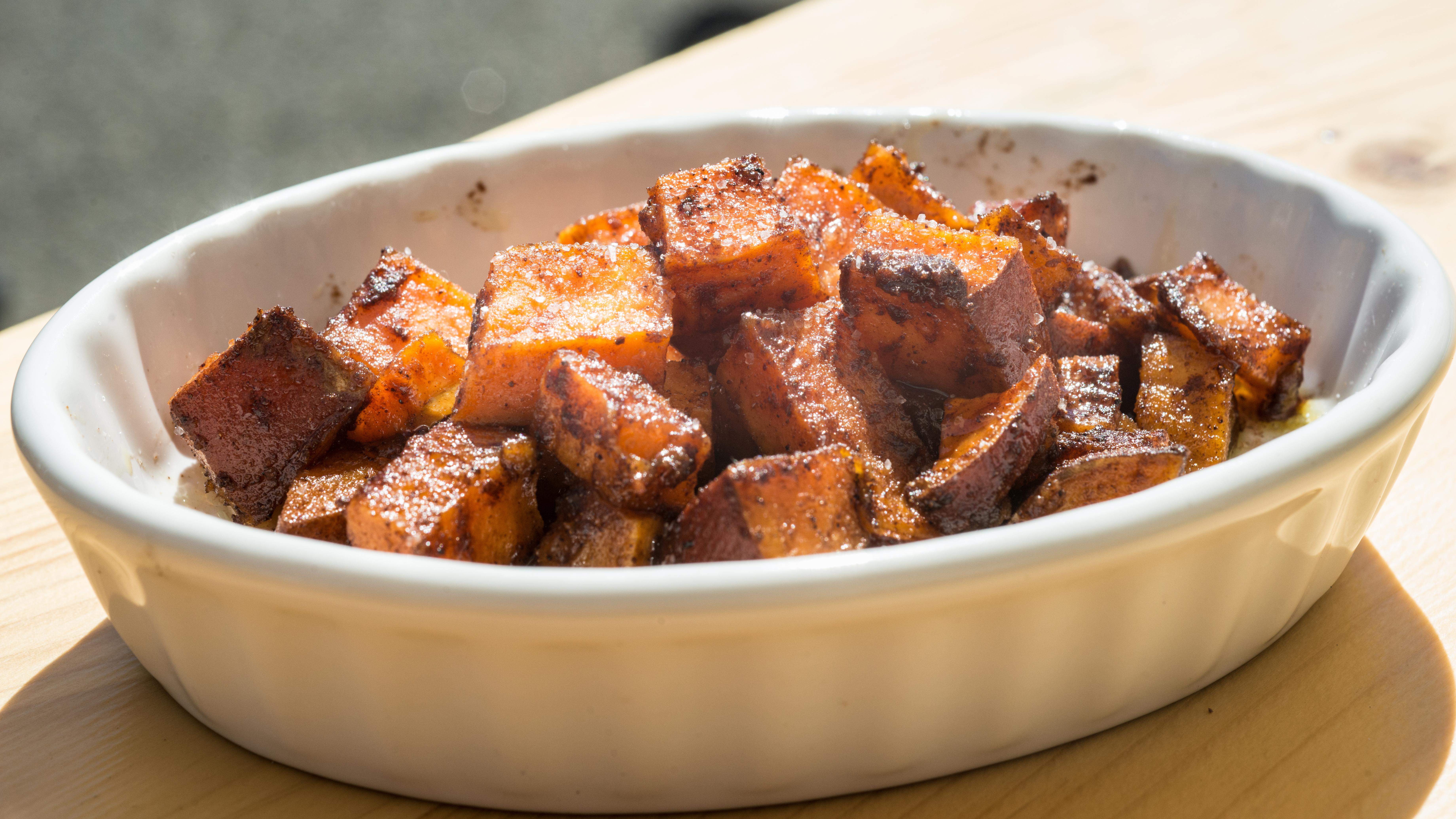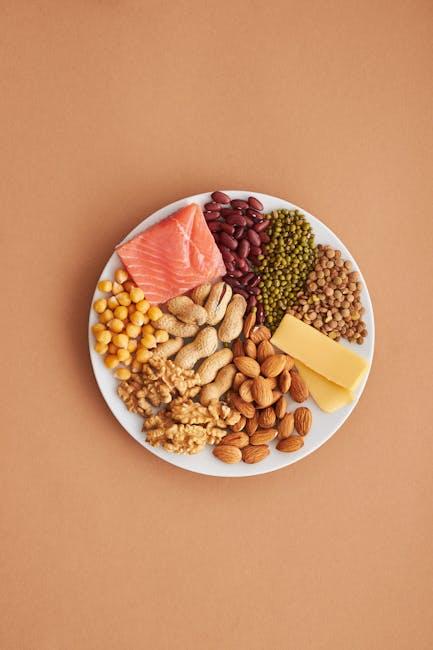In the hustle and bustle of modern life, finding the time and energy to maintain a balanced and nutritious diet can feel like an insurmountable challenge. Between juggling work commitments, family responsibilities, and social engagements, it’s no wonder that many of us find ourselves reaching for convenience over quality. But what if there was a way to simplify the process, turning the chaos of daily meals into a well-orchestrated symphony of health and flavor? Welcome to the art of meal planning—a transformative approach that not only streamlines your grocery shopping and cooking routines but also ensures that every bite you take is a step towards better well-being. In this article, we’ll unveil the best meal planning tips to help you craft a diet that’s as balanced and nutritious as it is delicious. Whether you’re a seasoned chef or a kitchen novice, these strategies will empower you to make mindful choices that nourish your body and delight your taste buds.
Mastering the Art of Meal Prep: Techniques for Success
Achieving meal prep mastery involves a blend of strategic planning and culinary creativity. Start by setting aside a specific time each week for meal planning and grocery shopping. Creating a weekly menu can simplify your process and ensure a diverse range of nutrients. Use tools like meal planning apps or a simple spreadsheet to organize your meals.
Here are some essential techniques to elevate your meal prep game:
- Batch Cooking: Prepare large quantities of staples like grains, proteins, and roasted vegetables. Store them in separate containers to mix and match throughout the week.
- Portion Control: Invest in a set of quality food storage containers. Dividing your meals into single servings helps manage portion sizes and makes grab-and-go options easier.
- Utilize Fresh and Frozen: Balance fresh ingredients with frozen ones to extend the shelf life of your meals and reduce waste. Frozen vegetables and pre-cooked proteins can be lifesavers on busy days.
With these techniques, you’ll not only save time and reduce stress but also ensure a balanced and nutritious diet that supports your overall well-being.

Nutrient-Rich Ingredients: Building Blocks of a Healthy Diet
Crafting a diet that’s both balanced and nutritious starts with selecting ingredients that are packed with essential nutrients. Incorporating a variety of these powerhouse foods ensures you receive a broad spectrum of vitamins, minerals, and other critical nutrients. Consider including the following in your meal plans:
- Leafy Greens: Spinach, kale, and Swiss chard are rich in vitamins A, C, and K, as well as folate and iron.
- Whole Grains: Brown rice, quinoa, and oats provide complex carbohydrates, fiber, and B vitamins.
- Lean Proteins: Chicken breast, tofu, and legumes offer essential amino acids and help with muscle repair and growth.
- Healthy Fats: Avocados, nuts, and olive oil are excellent sources of monounsaturated and polyunsaturated fats, which are vital for heart health.
- Colorful Vegetables: Bell peppers, carrots, and tomatoes are loaded with antioxidants and phytonutrients.
Integrating these ingredients into your daily meals can transform your diet into a well-rounded and health-promoting regimen. By focusing on diversity and nutrient density, you pave the way for optimal wellness and vitality.
Balancing Flavors and Nutrition: Crafting Delicious, Wholesome Meals
Creating meals that are both delicious and nutritious doesn’t have to be a daunting task. By focusing on the harmony between flavors and health benefits, you can craft meals that satisfy your taste buds and nourish your body. Start by integrating a variety of whole foods into your diet. Think of colorful vegetables, lean proteins, whole grains, and healthy fats. These ingredients not only enhance the flavor profile of your dishes but also provide essential nutrients.
Consider these simple yet effective tips for balanced meal planning:
- Mix and match flavors: Combine sweet, salty, sour, and umami elements to create a balanced taste.
- Prioritize portion control: Use the
.portion-controlclass to ensure you’re consuming the right amount of each food group. - Incorporate seasonal produce: Fresh, in-season fruits and vegetables are not only more flavorful but also packed with nutrients.
- Experiment with herbs and spices: They can add depth and complexity to your meals without extra calories or sodium.
- Plan ahead: Use a weekly meal planner to organize your meals and grocery list, making it easier to stick to a balanced diet.

Portion Control and Variety: Keys to Sustained Wellness
One of the most effective strategies for maintaining a balanced and nutritious diet is mastering the art of portion control and incorporating a variety of foods into your meals. By paying attention to portion sizes, you can enjoy all your favorite foods without overindulging, helping you maintain a healthy weight and prevent chronic diseases. Here are some tips to get you started:
- Use smaller plates and bowls: This simple trick can help you eat less without feeling deprived.
- Measure your portions: Invest in a good set of measuring cups and a food scale to keep your portions in check.
- Fill half your plate with vegetables: This ensures you get plenty of nutrients while keeping calorie intake low.
- Choose a variety of foods: Incorporate different colors, textures, and flavors into your meals to keep things interesting and nutritionally balanced.
- Listen to your hunger cues: Eat slowly and mindfully, stopping when you feel satisfied rather than stuffed.
By combining these portion control techniques with a diverse selection of foods, you can create a meal plan that is both satisfying and nutritious, paving the way for sustained wellness.





